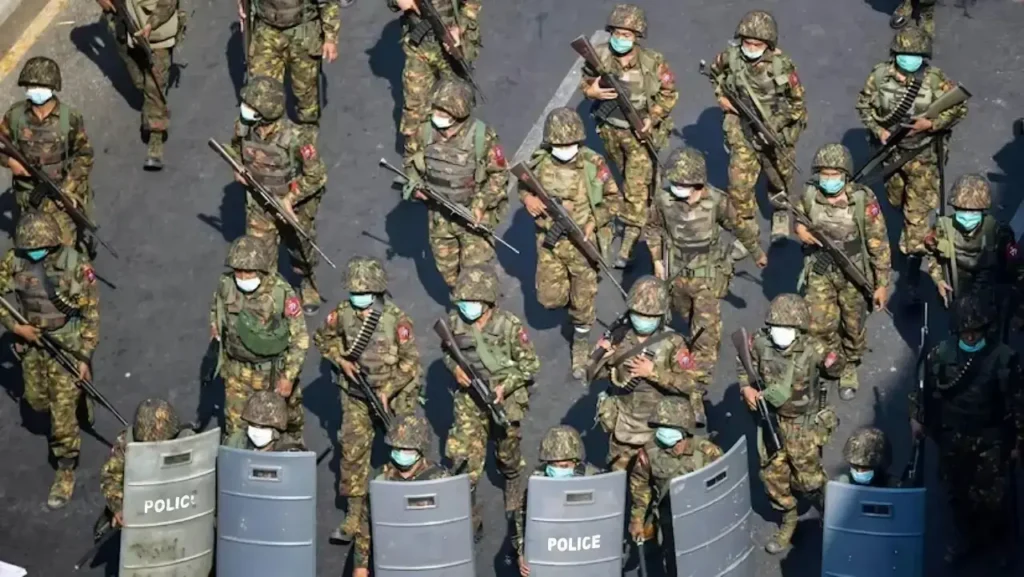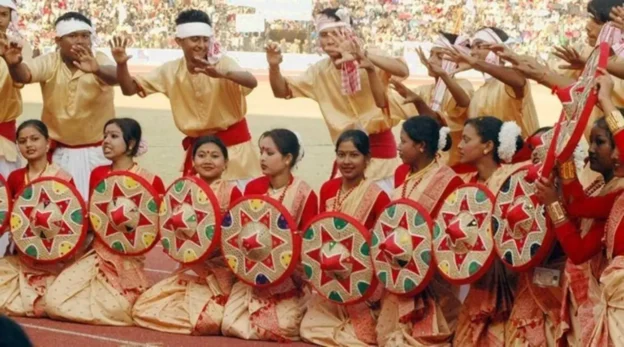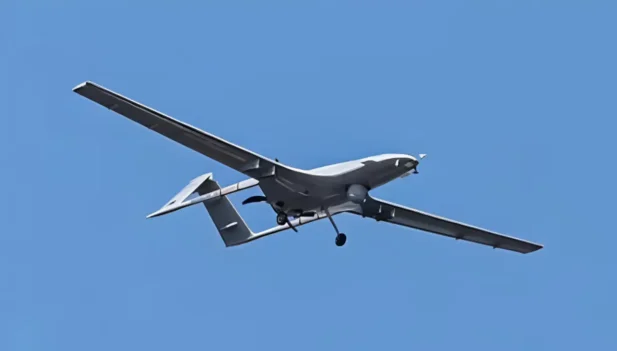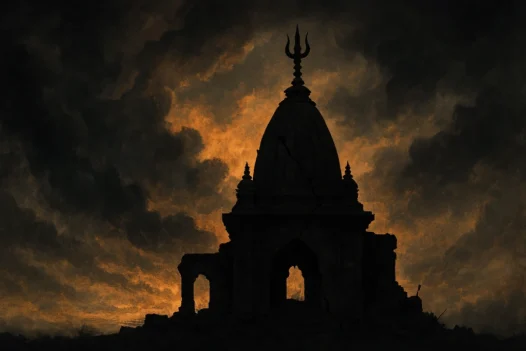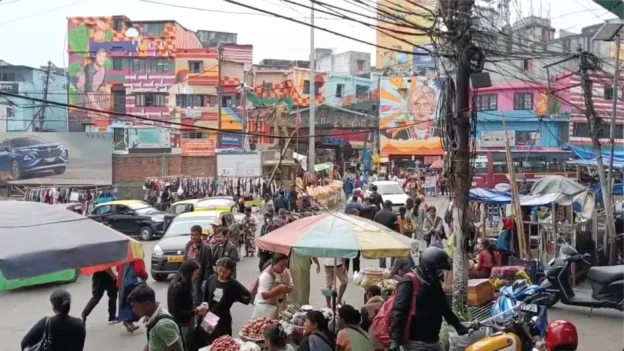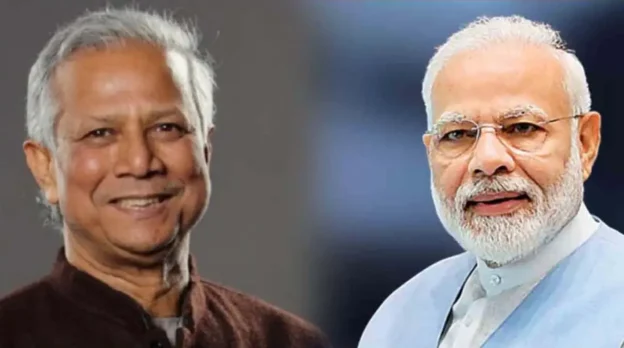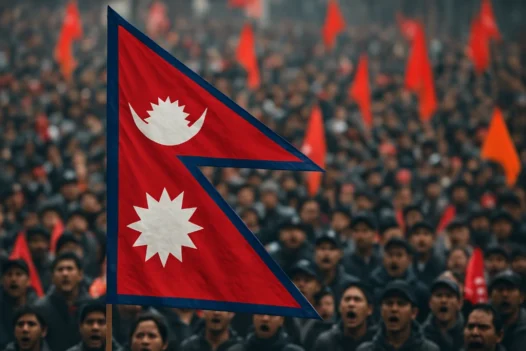The international community and global media may largely overlook the escalating civil war-like situation in Myanmar, yet the ground reality reflects an unrelenting cycle of violence that has left the Southeast Asian nation in a state of perpetual chaos. Since the military coup four years ago, thousands have been killed, many more injured, and millions—particularly women and children—have been displaced, left to navigate the dire consequences of a prolonged conflict.
A nation in turmoil
Myanmar, also historically known as Burma (and Brahmadesh), has been engulfed in relentless gunfights between the ruling military junta and ethnic armed groups, backed by a significant portion of the civilian population. The situation has become increasingly complex, with the junta, led by Min Aung Hlaing, losing its grip over large swathes of the country. Reports indicate that the regime now controls less than 50% of Myanmar’s territory.
According to the latest assessments, the junta’s control has shrunk to just 32% of townships, while 24% of the country is classified as full conflict zones. Meanwhile, 44% of townships have fallen under the control of revolutionary forces, ethnic resistance organizations, and the People’s Defense Forces (PDF). The scale of violence has been staggering: over 6,000 civilians—mostly at the hands of the junta—have been killed, while at least 27,000 people have been arrested, with nearly 21,000 still languishing in military detention.
The military’s campaign of indiscriminate airstrikes on populated areas has resulted in mass displacement, with over 3.2 million people forced from their homes. Humanitarian conditions in displacement camps remain dire, exacerbated by the junta’s deliberate restrictions on the delivery of essential supplies, including food and medical aid.
The rise of revolutionary forces
Among the most formidable challenges to the junta’s authority is the ‘Three Brotherhood Alliance,’ comprising the Arakan Army (AA), the Ta’ang National Liberation Army (TNLA), and the Myanmar National Democratic Alliance Army (MNDAA). Their large-scale offensive, dubbed ‘Operation 1027’ and launched in late 2023, has resulted in significant territorial gains.
As of now, resistance forces control 144 townships, leaving the junta with authority over only 107, while 79 remain active conflict zones. Reports from Yangon suggest that the military has suffered heavy losses, with 173 battalion headquarters—including two regional military commands, six command headquarters, and six strategic military bases—falling to the resistance. Additionally, 742 frontline outposts have been captured.
The rebels have also seized critical trade routes along Myanmar’s borders with Bangladesh, India, Thailand, and China. In western Myanmar’s Rakhine State, AA fighters now control 15 out of 17 Arakanese townships, including key military installations such as the Western Command headquarters in Ann. Meanwhile, in northern Shan State and the Mandalay region, TNLA and MNDAA fighters have taken over 15 townships, despite a temporary ceasefire brokered by China.
Junta’s electoral gambit
In a bid to legitimize its rule, the junta has announced plans to hold national elections later this year. The military-controlled Union Election Commission has begun preliminary preparations, including a nationwide census. However, Myanmar’s history of military-dominated politics casts doubt on the credibility of this process.
Since the country’s independence in 1948, the armed forces have played an outsized role in governance, with the 2008 military-drafted Constitution reserving 25% of parliamentary seats for the military. The continued imprisonment of pro-democracy leader Daw Aung San Suu Kyi—who turns 80 on 19 June and faces a cumulative sentence of 19 years—has further eroded hopes of genuine democratic participation.
Forced conscription and the human cost
Human rights watchdog Progressive Voice has warned of the junta’s aggressive conscription drive, which has been in effect since February 2023. Targeting individuals between the ages of 18 and 35, the junta has intensified forced recruitment, with young people, including women and children, being taken from streets, buses, airports, and even their homes.
The military aims to draft 5,000 conscripts per batch and has reportedly reached its ninth batch, though the exact number remains unclear. Those unwilling to serve face dire consequences, leading many to flee, further exacerbating Myanmar’s humanitarian crisis.
The decline of Myanmar’s press freedom
The military’s repression extends beyond the battlefield, with journalists facing increasing threats. Since the coup, Myanmar has become one of the most dangerous countries for independent media. At least seven journalists have been killed, 200 arrested, and 43 remain in detention—11 of whom are serving long-term prison sentences.
The Independent Press Council Myanmar (IPCM) has reported that the junta routinely jails media workers under draconian laws, including the Unlawful Associations Act, Counter-Terrorism Law, Telecommunications Law, and the Explosive Substances Act. The Geneva-based Press Emblem Campaign (PEC) has documented the killings of journalists such as Ko Myat Thu Tun (Democratic Voice of Burma), Htet Myat Thu (Voice of Thanbyuzayat), and Win Htut Oo (DVB), among others. The organization has urged the junta to immediately release all detained journalists and allow independent reporting.
A nation on the brink
A comparative assessment of Myanmar before and after the 1 February 2021 coup underscores the country’s descent into turmoil. Once experiencing relative political stability and economic growth under a quasi-democratic government, Myanmar is now a battleground where millions suffer daily.
More than 3,000 airstrikes have devastated civilian areas, killing at least 6,224 people, including 711 children and 1,387 women. The number of political prisoners has skyrocketed from 234 before the coup to 21,711 as of last month.
With the junta rapidly losing territorial control, resorting to forced recruitment, and cracking down on free speech, Myanmar’s future remains uncertain. As resistance forces continue their push, the question remains: how long can the military junta hold on before the country witnesses a decisive shift in power?

